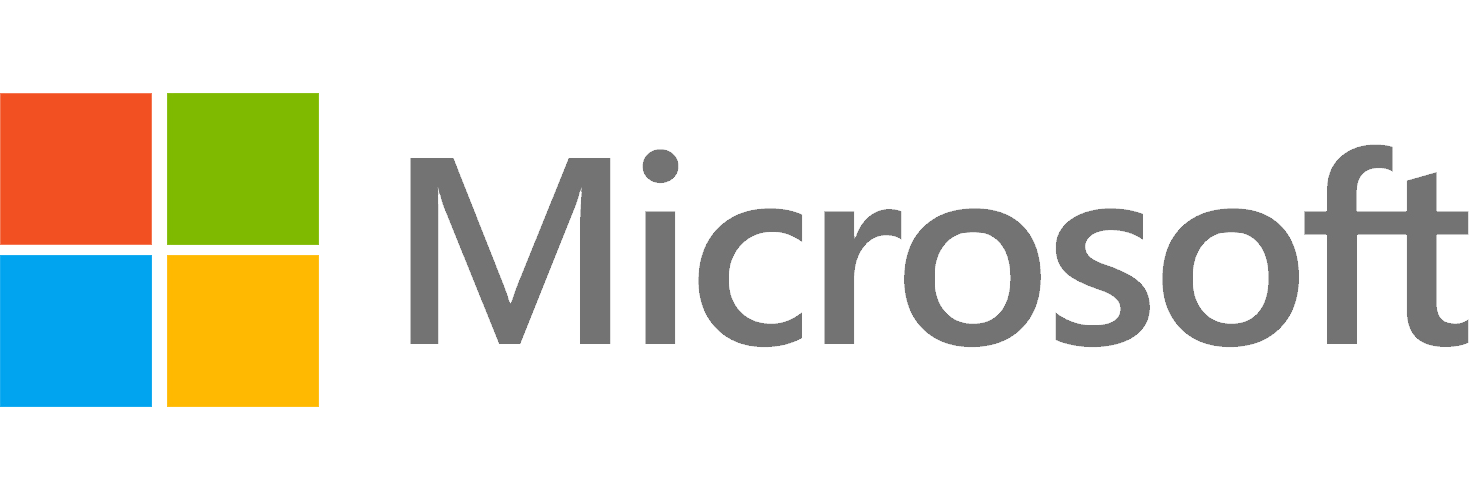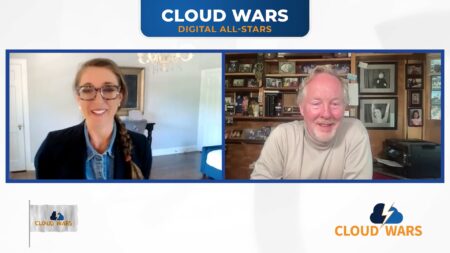
New York City has radically modernized its ability to safely and securely deliver 1 billion gallons of drinking water every day to 10 million residents in a wide-ranging transformation powered by Microsoft Cloud, which won the deal over competing bids from Oracle and SAP.
Microsoft has posted a detailed and rather fascinating overview of the engagement on its website, and I want to share from that piece several highlights that reflect the power of the cloud to help organizations redefine what’s possible in today’s rapidly changing world.
The key building blocks for this big cloud-powered initiative are Azure and three separate Dynamics 365 applications: Finance, Sales, and Supply Chain Management. This could perhaps be described as an ERP (enterprise resource planning) project, but the boundary conditions of that domain are shifting so we’ll set that designation aside for now.
In the case of New York City’s Department of Environmental Protection, the challenges were daunting and wide-ranging. Here’s just a sample:
- overseeing the movement of a billion gallons of high-quality drinking water every day from watersheds as far as 125 miles from the city through 7,000 miles of water mains, tunnels, and aqueducts;
- replacing 27-year-old mainframe systems;
- driving new sustainability initiatives;
- building and executing a customer-centric approach across the entire organization;
- collaborating closely with Microsoft partner and utilities-industry specialist Itineris, whose solutions are purpose-built for Dynamics 365 and extend into asset management and field-services management; and
- overhauling not only billing systems but also related processes and approaches.
Here’s an excerpt from the article that reflects the scope of the challenge that involved, again, not just new technology but also a new mindset and new expectations powered by what customers want and need rather than by what ancient systems were able to deliver:
“The DEP knew they needed a more flexible system to implement complex functionality such as multi-rate billing and variable interest rates based on specified criteria — a key part of their goal to equitably meet financial and operational needs as they considered economic impacts to customers. In addition, employees often had to run reports and track account adjustments and other activities manually. Other processes, including violation notices and refund processing, were also very manual and paper-intensive. Customer service representatives often had to sign into multiple systems to help customers with their issues and questions.”
These high-scale modernization adventures are occurring across every industry and in every region of the world, and for anyone interested in this type of sweeping initiative, I encourage you to read the detailed piece on Microsoft.com.
But in the context of the ongoing and escalating Cloud Wars, I also wanted to highlight that while Microsoft sometimes tends to downplay its competitive position vis-à-vis SAP and Oracle because of the strategic partnerships Microsoft has with them in other areas, this was most certainly a competitive ERP-type win against those market leaders.
It’s perhaps even more notable that Microsoft captured this deal with NYC back in 2019, just as Dynamics 365 was beginning to pick up major momentum and become recognized as a fully enterprise-ready suite of solutions.
And, as always, this heightened level of competition benefits everyone: Customers win because of the extraordinary innovation they can tap into and that’s a direct by-product of all that competition; and the cloud providers are forced by the intense competitive pressure they’re under to relentlessly uncover new ways to deliver greater levels of performance and value to customers.
All of which, I’m happy to say, is why the Cloud Wars represent the greatest growth market the world has ever known.
To see more Cloud Wars content, including all recorded sessions from June’s live Cloud Wars Expo, please register here for your Cloud Wars Expo on-demand pass. The on-demand pass, which is included with your Acceleration Economy subscription, gives you access to approximately 40 hours of invaluable educational content from last month’s event.









